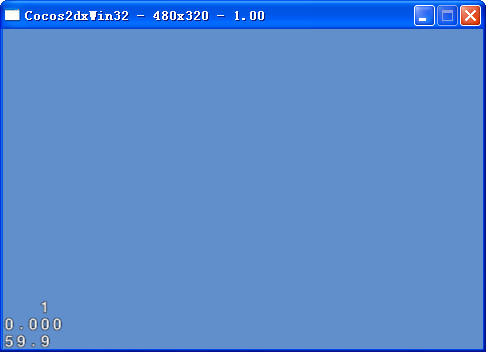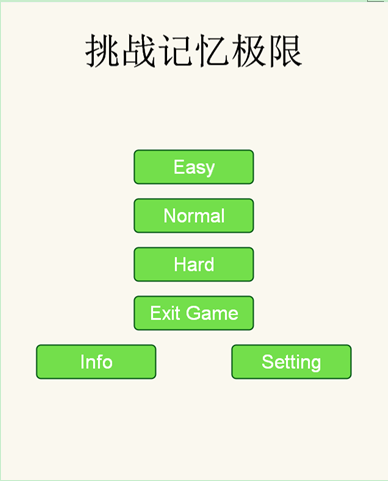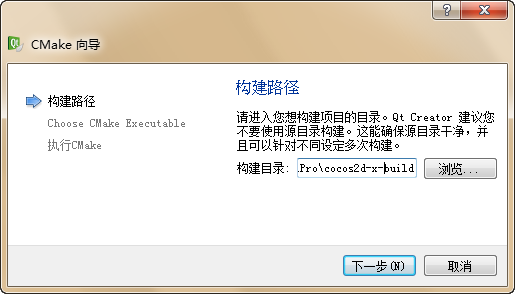**
一、什么是观察者模式
当我们对感兴趣的消息进行订阅,一旦有新的动态,就可以收到这些消息。更重要的是,我们不需要时刻关注,消息会自动到达,这就是观察者模式。 在游戏中,观察者模式有很大的作用。比如游戏中的战斗,角色的死亡信息可以被订阅,当角色死亡时,订阅该消息的主体就能做出一些处理(比如怪物停止攻击,弹出死亡界面等等)
**
二、cocos中提供的观察者模式工具类
1.addobserver(订阅消息)
1)Ref* target:要订阅的消息主体
2)SEL_CallFunco selector:消息的回调函数
3)const std::string& name:消息名称
4)Ref* sender: 要传递的数据
2.removeObserver(取消订阅消息)
1)Ref* target:取消订阅消息的主体
2)const std::string& name:消息名称
3.postNotification(发布消息)
1)const std::string& name:消息名称
4.postNotification(发布消息)
1)const std::string& name:消息名称
2)Ref* sender:传递的数据
在发布消息的时候带上一个数据,订阅者在接收消息的时候就能获得所需要的数据
下面通过程序创建两个层,分别是HelloWorld与otherLayer,HelloWorld作为主体订阅otherLayer发布的消息。
查看下面例子方便理解
#ifndef __HELLOWORLD_SCENE_H__
#define __HELLOWORLD_SCENE_H__
#include "cocos2d.h"
class HelloWorld : public cocos2d::Layer
{
public:
static cocos2d::Scene* createScene();
virtual bool init();
CREATE_FUNC(HelloWorld);
/* 发布test消息 */
void sendMsg(float dt);
/* 接收test消息的回调函数 */
//void testMsg(Ref* pSender);
};
#endif // __HELLOWORLD_SCENE_H__
#include "HelloWorldScene.h"
#include "OtherLayer.h"
USING_NS_CC;
Scene* HelloWorld::createScene()
{
auto scene = Scene::create();
auto layer = HelloWorld::create();
scene->addChild(layer);
/* 再添加一个layer */
auto otherLayer = OtherLayer::create();
scene->addChild(otherLayer);
return scene;
}
// on "init" you need to initialize your instance
bool HelloWorld::init()
{
if (!Layer::init())
{
return false;
}
/* 订阅消息类型为test的消息,不传递数据 */
// NotificationCenter::getInstance()->addobserver(
// this,
// callfuncO_selector(HelloWorld::testMsg),
// "test",
// NULL);
/* 3秒后发布test消息 */
this->schedule(schedule_selector(HelloWorld::sendMsg),3.0f);
return true;
}
void HelloWorld::sendMsg(float dt) {
/* 发布test消息,不传递数据 */
NotificationCenter::getInstance()->postNotification("test",NULL);
}
//void HelloWorld::testMsg(Ref* pSender) {
// log("testMsg");
//}
这里新建了一个OtherLayer,在该类里面订阅test消息,将原来HelloWorldScene里面的testMsg函数删除,订阅消息的代码也删除。
我们把OtherLayer添加到HelloWorldScene的场景中,并把HelloWorldScene订阅消息的代码删除,则HelloWorldScene现在只负责3秒后的发送消息,运行最后可以看到日志输出
testMsg in OtherLayer
#ifndef _OtherLayer_H_
#define _OtherLayer_H_
#include "cocos2d.h"
USING_NS_CC;
class OtherLayer : public Layer {
public:
CREATE_FUNC(OtherLayer);
virtual bool init();
private:
/* 接收test消息的回调函数 */
void testMsg(Ref* pData);
};
#endif
#include "OtherLayer.h"
bool OtherLayer::init() {
if (!Layer::init())
{
return false;
}
/* 订阅消息类型为test的消息,传递数据 */
NotificationCenter::getInstance()->addobserver(
this,callfuncO_selector(OtherLayer::testMsg),"test",NULL);
return true;
}
void OtherLayer::testMsg( Ref* pData ) {
//log("testMsg in OtherLayer");
log("testMsg in OtherLayer");
}
总结:我们在HelloWorldScene里面发布消息,在OtherLayer里面接收消息。
HelloWorldScene是订阅的主体,接受了OtherLayer传递过来的数据。
/* 3秒后发布test消息 */
this->schedule(schedule_selector(HelloWorld::sendMsg),NULL);
}
而OtherLayer在向HelloWorldScene这个层传递消息时,需要建立消息的订阅
NotificationCenter::getInstance()->addobserver(
this,NULL);
void OtherLayer::testMsg( Ref* pData ) {
//log("testMsg in OtherLayer");
log("testMsg in OtherLayer");
三、关于addobserver与postNotification函数中最后个参数传递数据的区别
1.如果addobserver与postNotification同时发布了数据,并且不是同一个数据,则无法发布消息 2.要发布消息的条件是,要么两个数据相同,要么两者其中之一为空值,才能发布消息




